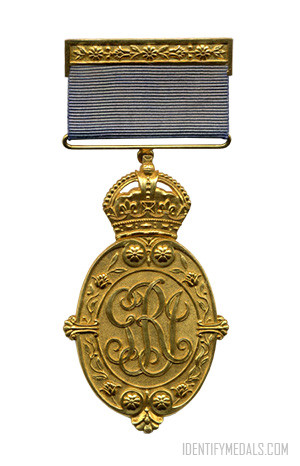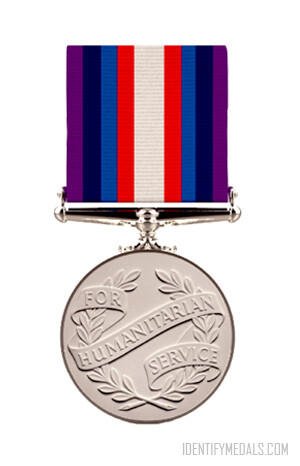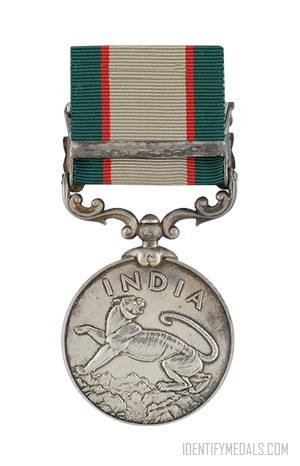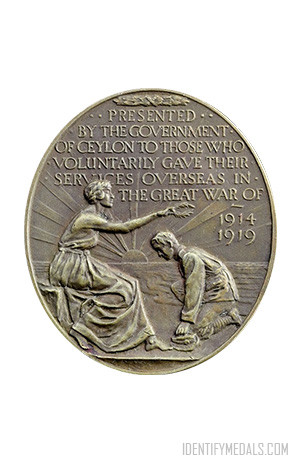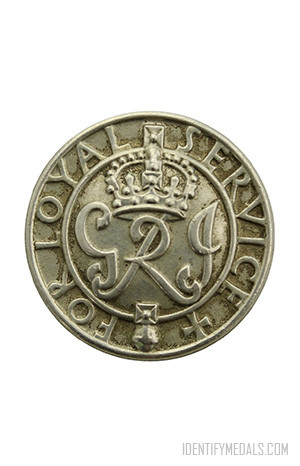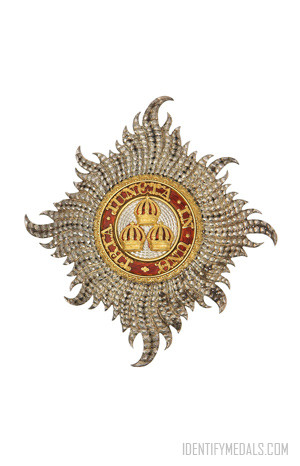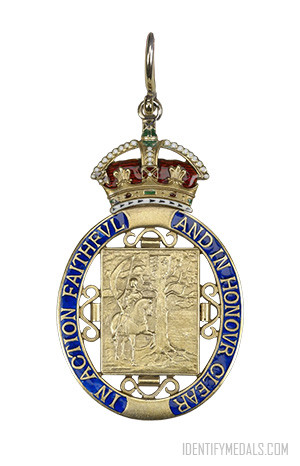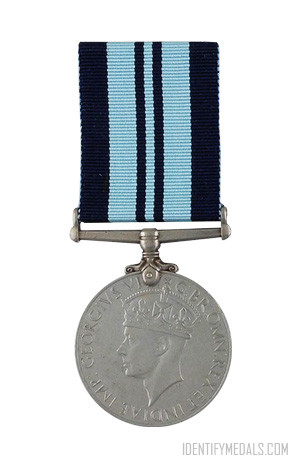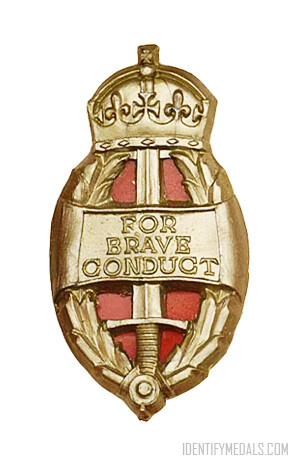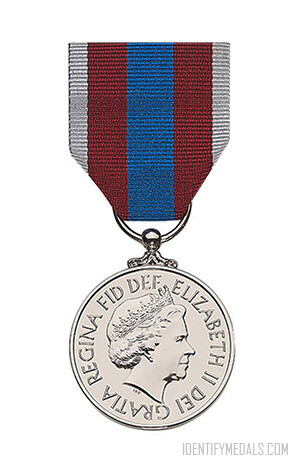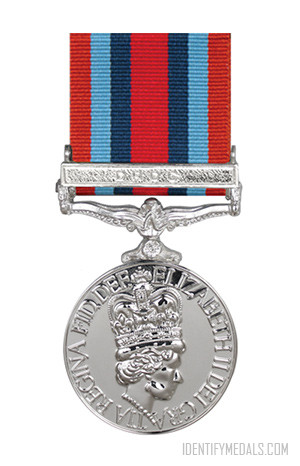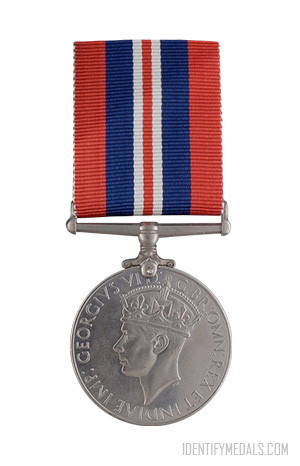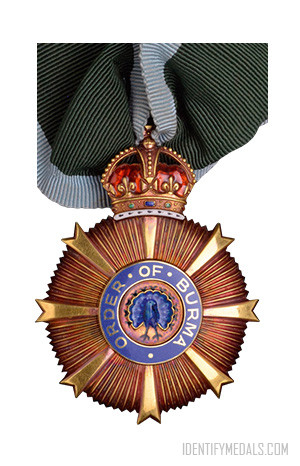- Time Period: Pre-WW1
- Year of Institution: May 1900
- Country: Great Britain
The Kaisar-i-Hind Medal (or Kaisar-i-Hind Medal for Public Service in India, قیصرِ ہند qaisar-e-hind in Urdu, कैसर-इ-हिन्द in Hindi) was established in May 1900 (instituted by Queen Victoria on 10 April 1900) and awarded by the Emperor/Empress of India between 1900 and 1947 to “any person without distinction of race, occupation, position, or sex who shall have distinguished himself (or herself) by important and useful service in the advancement of the public interest in India.“
The word kaisar, meaning “emperor” is a derivative of the Roman imperial title Caesar. The title Kaisar-i-Hind was coined in 1876 by the orientalist G.W. Leitner in a deliberate attempt to dissociate British imperial rule from that of preceding dynasties.
The last ruler to bear it was George VI. While never officially rescinded, the Kaisar-i-Hind ceased to be awarded following the passage of the Indian Independence Act 1947.
The Kaisar-I-Hind Medal Grades or Classes
The medal had three grades:
- Gold
- Silver
- Bronze
The Gold Medal for Public Service in India was awarded directly by the monarch on the recommendation of the Secretary of State for India. Silver and Bronze medals were awarded by the Viceroy.
The Kaisar-I-Hind Medal Design
The medal measures 61 mm high and 34 mm wide. It consists of an oval-shaped badge or decoration in gold, silver or bronze with the Royal Cipher and Monarchy on the obverse, and the words “Kaisar-i-Hind for Public Service in India” on a scroll across the center against a floral background on the reverse. The badge is surmounted by the imperial crown.
The decoration was to be worn suspended from the left breast by a dark blue ribbon. The medal has no post-nominal initials.

